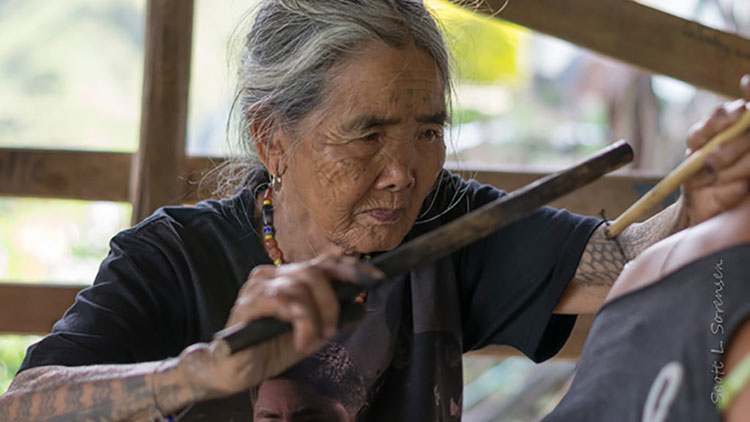
So TEOTWAWKI hit and you are now living in a post-apocalyptic world looking for alternative tattoo methods.
Congratulations – you survived! Now, as the leader of your own post-apocalyptic tribe, you are looking for a way to identify members of your clan. That, or maybe you just want to find some new post-apocalyptic tattoos. How about tattoos?
“But wait,” you say, “the tattoo parlor won’t be open after the apocalypse. How would I get one?”
Tattoos have been around in one form or another for THOUSANDS of years. Literally, tattoos were around in a world quite unlike the one in which we now live. They were around at a time when the world was far more hostile than we can probably imagine even a “post-collapse” world to be. So really, the question isn’t whether you can get a tattoo after the apocalypse, the question is how many will you get!?
Alternative Tattoo Methods
People get tattoos for a variety of reasons. For some, it’s a form of self-expression, while for others, it is a mark of cultural tradition. Tattoos can help identify group members and provide a personal narrative; i.e. your post-apocalyptic tribe.
No matter what your reason, it’s very possible you will want a tattoo after the apocalypse. I mean, why not?
Well, chances are a tattoo artist or two will rise from the ashes of civilization (presenting a new job opportunity for all of you artists out there). After all, humans have been getting tattoos for several millennia. We will look at the history of tattooing and some of the techniques you’ll probably see a resurgence in after the apocalypse. But first, we should examine present-day “alternative” tattooing options…
1. Prison Tattooing
Tattooing in prisons is strictly forbidden. Do you think that stops hardcore criminals from inking themselves and all their peers? Hell no!
Superb tattooing skills? Maybe – maybe not. Professional needles and ink? Nope. Sanitized setting and tools? Yeah right. None of that matters in prison. The point is that if they can do it under strictly controlled settings today – you can do it post-collapse!
How Do Prisoners Get Tattoos While Incarcerated?
Prisoners use materials like pen ink, melted plastic, soot, or even melted Styrofoam! They then make an improvised tattoo gun. This is can be done in a variety of ways, but it is not uncommon to make the ink barrel from a hollowed-out Bic pen. The needle itself can be made of anything that can get sharp enough; e.g. a sharpened guitar string. The “motor” for this new tattoo pen can be used from something like an electric shaver or a CD player.
This work is rarely done for free, however. The prisoner-turned-artists barter for their skills. Want a tattoo in prison? Trade a pack of cigarettes. Compare that to outside prison pricing. It almost makes you want to head to jail to get a full sleeve for 1/1000 the price!
Likewise, after the apocalypse, you can apply the same method. Want a tattoo when everything turns to dust? Trade a can of beans! Being a post-apocalyptic tattoo artist could set you well on your way to a new career.
Of course, there are other alternatives methods of tattooing if we look into our collective past…
2. Soot Tattooing
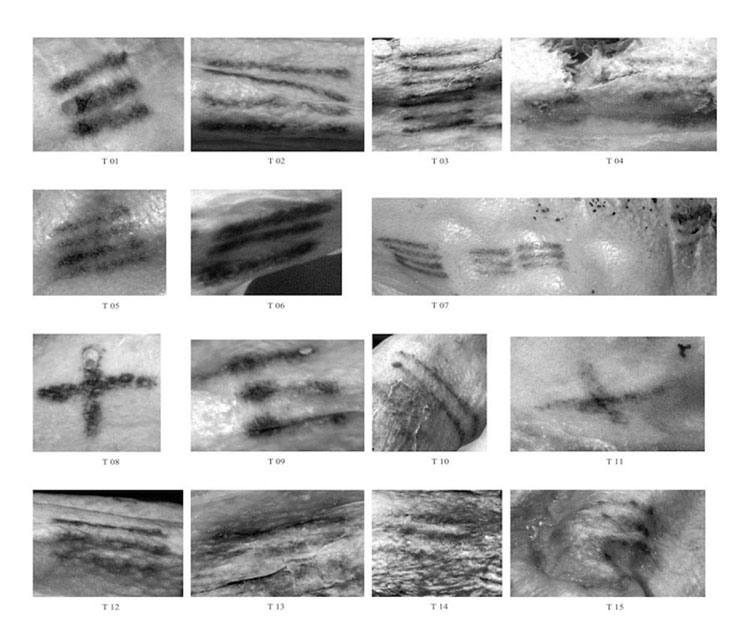
The oldest discovered tattoo was found on Ötzi, the Iceman. His tattoos are at least 5,000 years old. They were made through a process known as soot tattooing. The skin was cut, and charcoal was rubbed into the wound.
Ötzi’s tattoos are in a line and cross design and may have been made with the belief that they would relieve joint pain or mark acupuncture points since his 50 tattoos were all placed on joints and the lower spine. If Ötzi managed tattoos in a world more harsh than what many imagine a post-apocalyptic world would be, then there’s no reason why you can’t, too.
3. Scarification
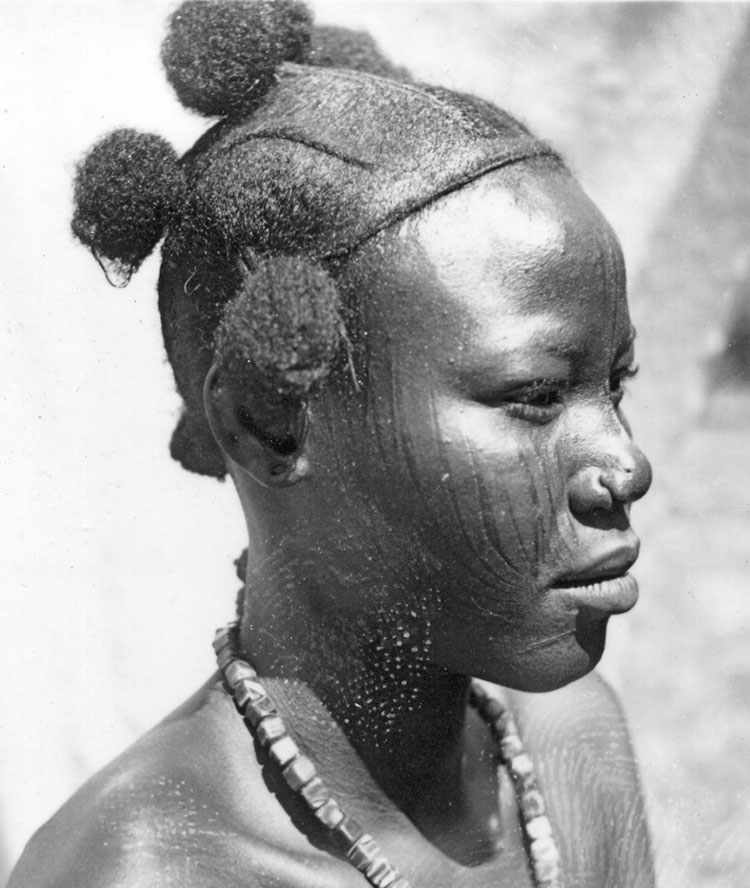
Another form of body beautification practiced traditionally by indigenous groups during rite of passage ceremonies is scarification. Although not exactly a tattoo, scarification will certainly leave a permanent mark on your skin.
To create these scars, the skin is cut or burned in the desired design or pattern. The healing wound is irritated or reopened at intervals to encourage more scarring. Sometimes clay is inserted into the wound so that the area becomes raised as the body tries to expel the foreign substance and heal.
4. Ta Moko
Ta Moko is a traditional form of tattooing among the Māori, also done as a rite of passage. Albatross bones are used to mark the face. The head is the only part of the body that is tattooed because it is considered sacred. Ink is then rubbed into the wound. The healed skin is bumpy or grooved, similar to the marks left by scarification.
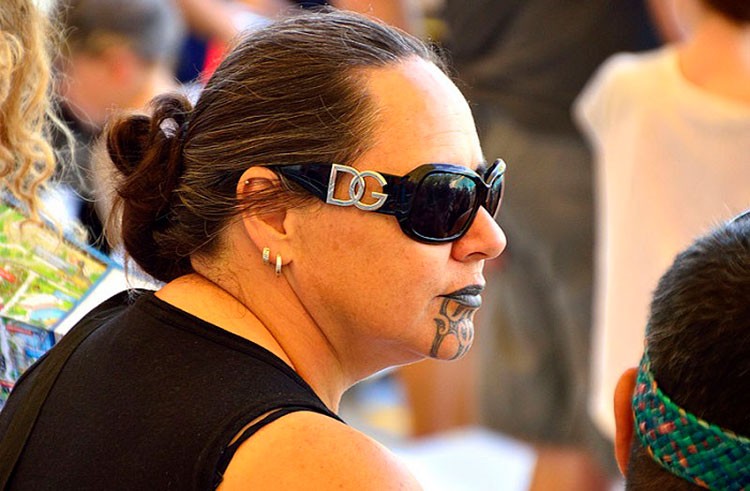
5. Tebori
Traditional Japanese tattoos, called irezumi, are done by inserting the ink using non-electric sharpened bamboo handles. There may be up to over 20 needle points in a variety of sizes and shapes that vary in thickness. The handle is tapped into the skin. The inked needle pierces the surface of the skin and leaves the stain on a lower level of the dermis. It’s a slow and painful process.
This alternative tattooing technique, known as tebori, is believed to have been developed between 10,000 BCE and 300 CE. Samurai warriors were often tattooed so that their bodies could be identified and their remains given the honor their rank deserved. Criminals were also tattooed on their heads or forearms so that their crimes could not be hidden.
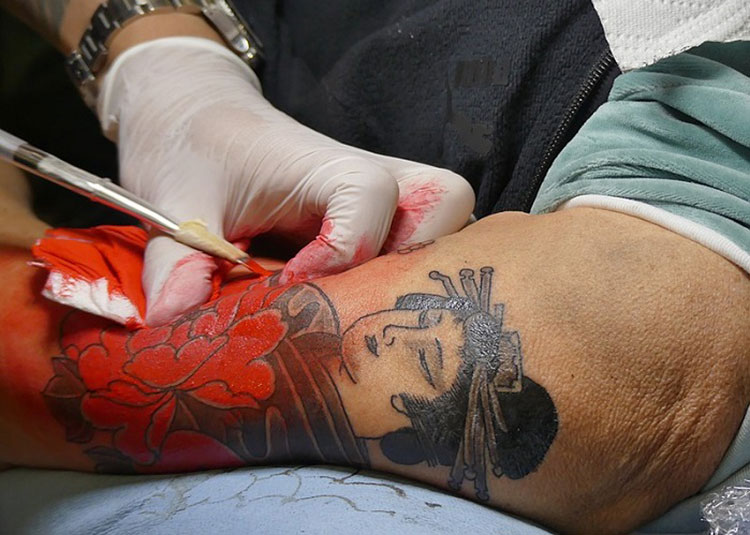
6. Kākau
Traditional Hawaiin tattoos, uhi, are also hand-tapped. The tools are hand-carved from tusk or bone. The process of getting a tattoo is more a sacred rite rather than artistic expression. In fact, the tattoo artist chooses the design, not the person getting the tattoo. It often reflects genealogical status or the role the person has in the community.
7. Rake and Striking Stick
Thought to have been developed in Polynesia, the rake and striking stick is a two-person tattoo job. First, the skin where the tattoo will be made must be stretched out and held in place. Then a sharpened bone rake (series of needles) or a single needle that has been dipped into ink is hit into the skin with a stick at a right angle.
8. Sak Yant
A thin metal rod with an extremely sharp point inserted into a hollow brass tube is used in this traditional Southeast Asian tattooing process. The tattoo artist presses down on the tube repeatedly, somewhat like a sewing machine, as he or she works at applying the ink. These types of tattoos are traditionally applied by Buddist monks and believed to provide protection to the wearer.

9. Skin Stitching
Skin stitching has been around for at least 10,000 years. A thread is dipped in ink then pulled through your skin, leaving a trail of ink behind. This was a popular method among the indigenous groups in Greenland, Canada, and Alaska. Traditionally it was done with bone needles and whale or caribou sinew. It can be done with modern needles and cotton thread, which are much easier to sterilize. This form of body art was practiced by women and mostly applied to women.
Concerns About Post-Apocalyptic Tattoos
Even with modern sterilization protocol, sometimes you put your health at risk by getting a tattoo. Skin infections after tattooing are not unheard of even in this day and age. Imagine the increase in danger after the apocalypse when antibiotics are hard to come by!
Infection isn’t the only hazard to body art. The ink, soot, or other dye material used to make the design can cause allergic reactions. Using tools that have been used on another person can result in the development of hepatitis B or C or even methicillin-resistant Staphylococcus aureus (MRSA).
You’ll also want to pick a tattoo artist that has some skill in these non-electric techniques (ex-convicts?). Otherwise, a botched job will be a permanent reminder. Getting a tattoo removed involves cutting off hunks of skin and sewing the rest back together, leaving you open for infection and disfigurement. Remember, antibiotics may not be readily available after TEOTWAWKI.
Final Thoughts
Body art has been around about as long as there have been skin to modify either through deliberate scarring or dermis inking. Its long history has been supported by the many alternative tattoo methods that people made available to themselves through improvisation and creativity.
The post-apocalypse world may present more danger of infection than modern times, but really, if Ötzi the Iceman could get tats, then so can you!
I’m sure there are other ways to get “homemade” tattoos. Do you have one?
